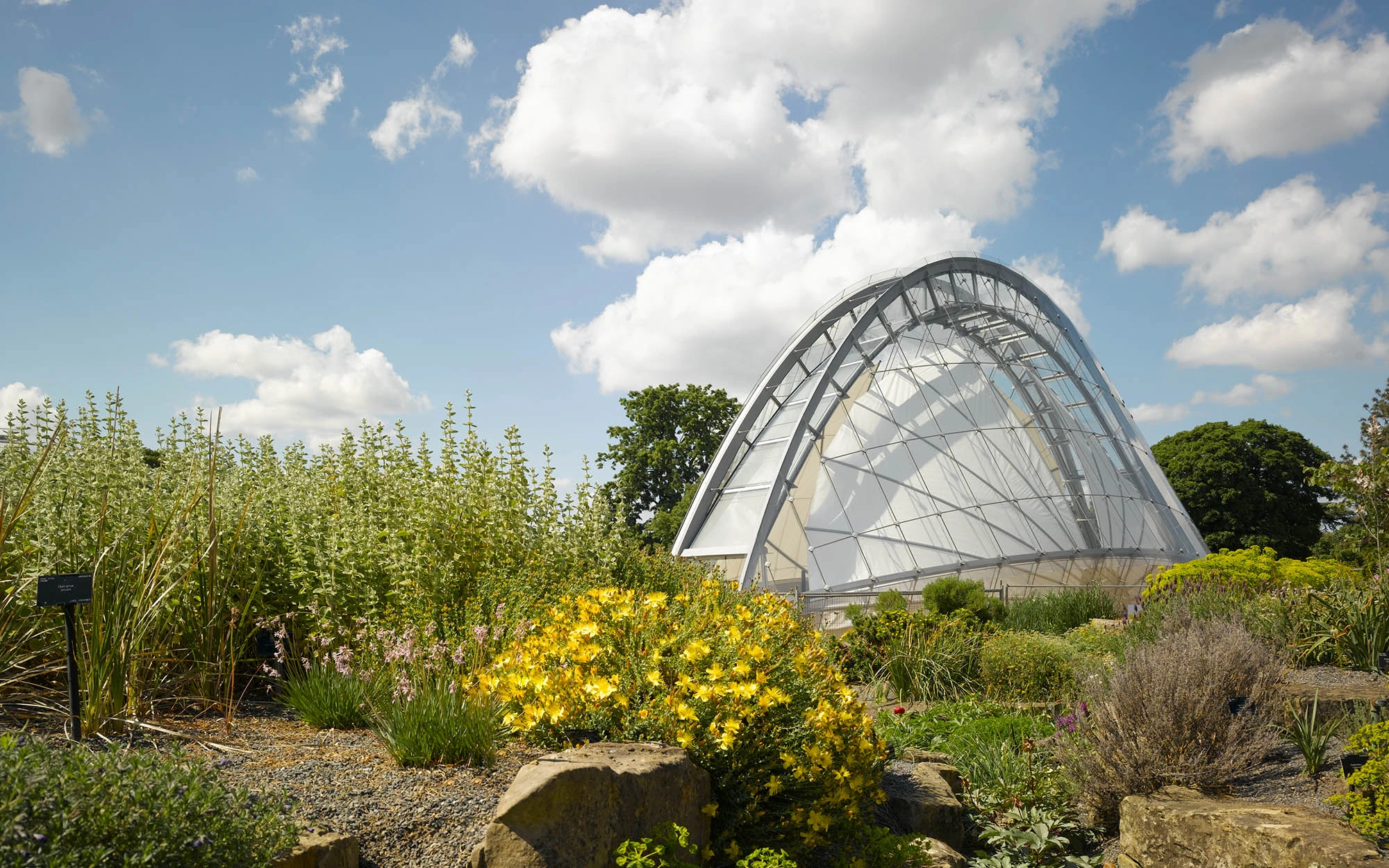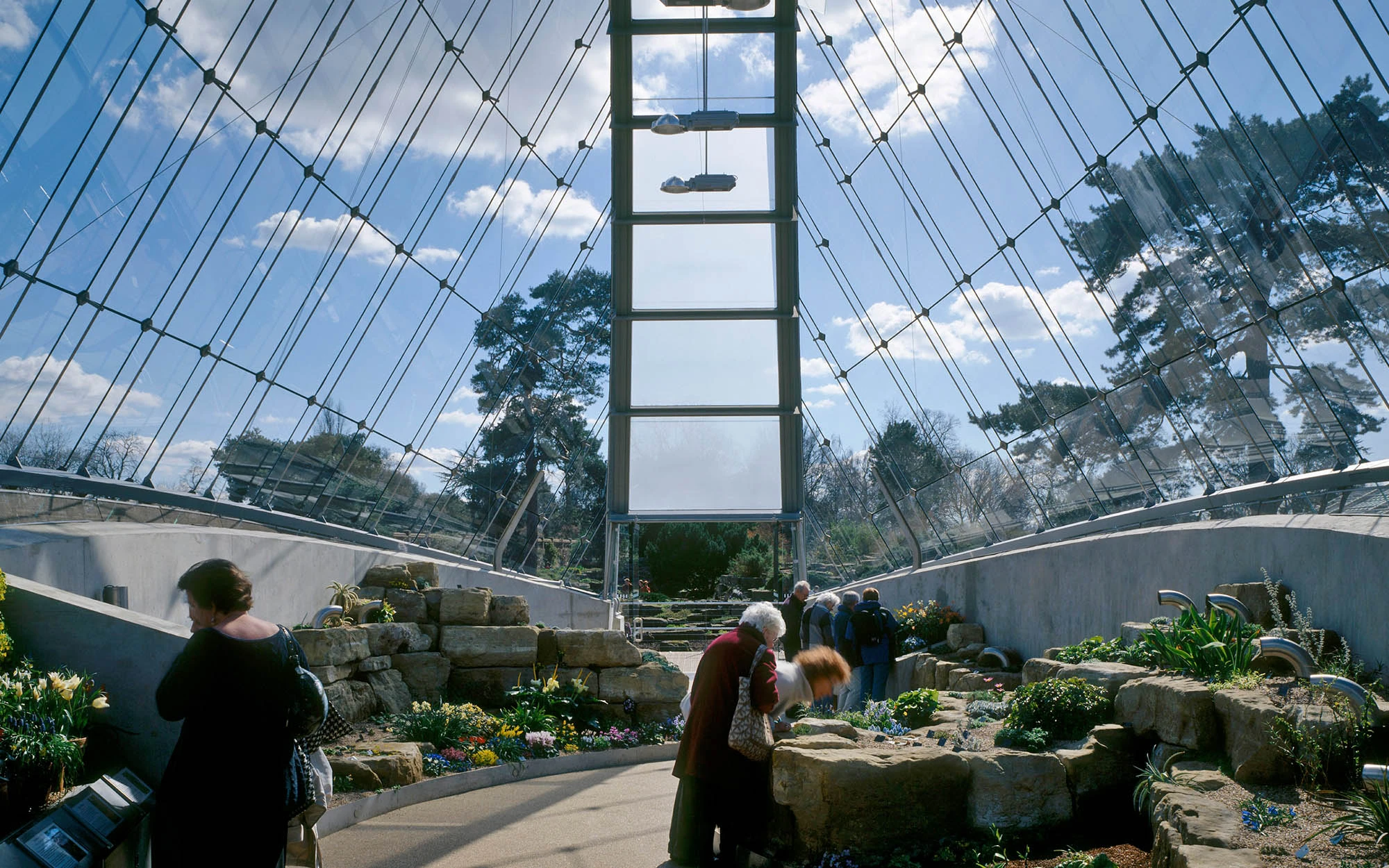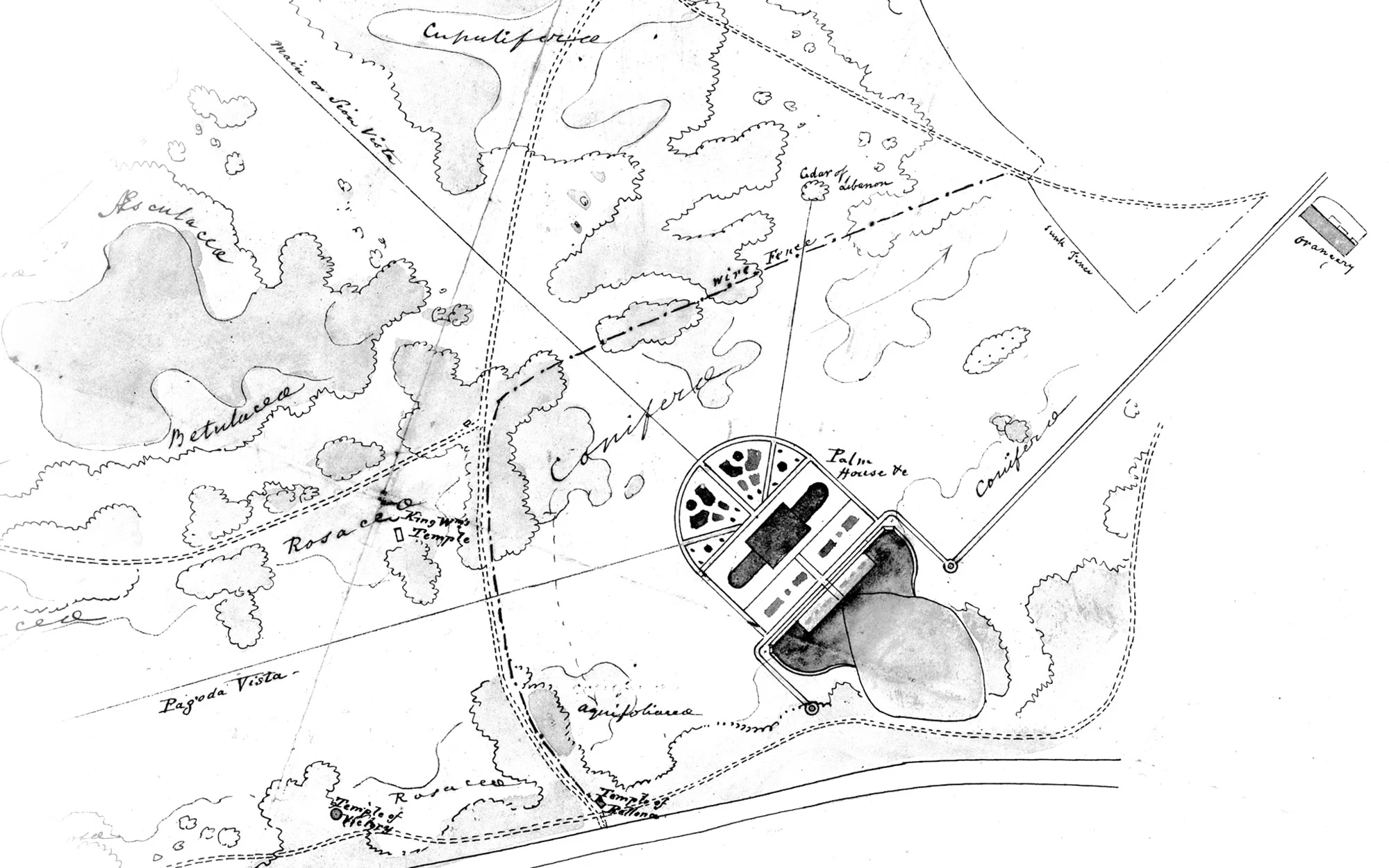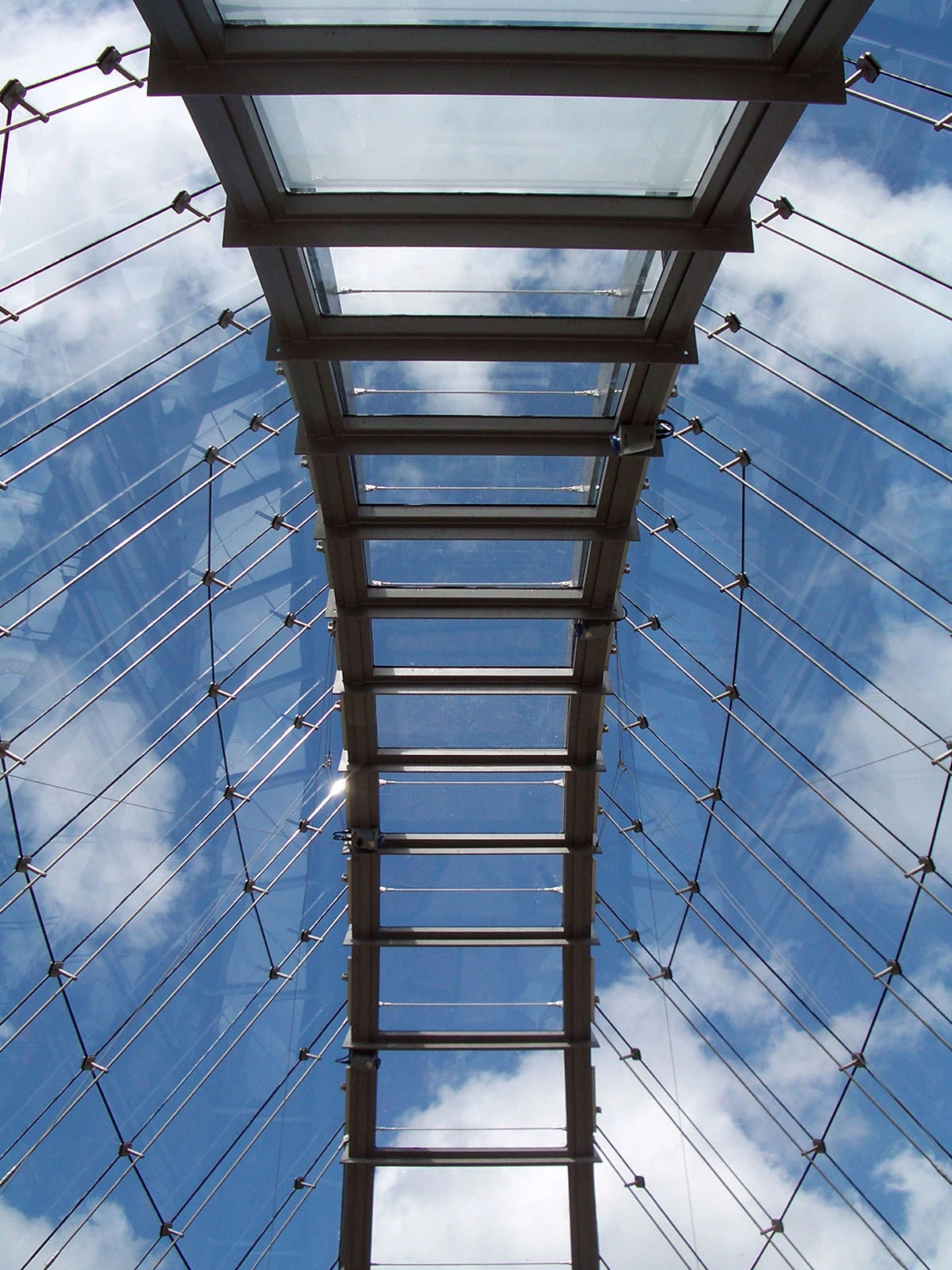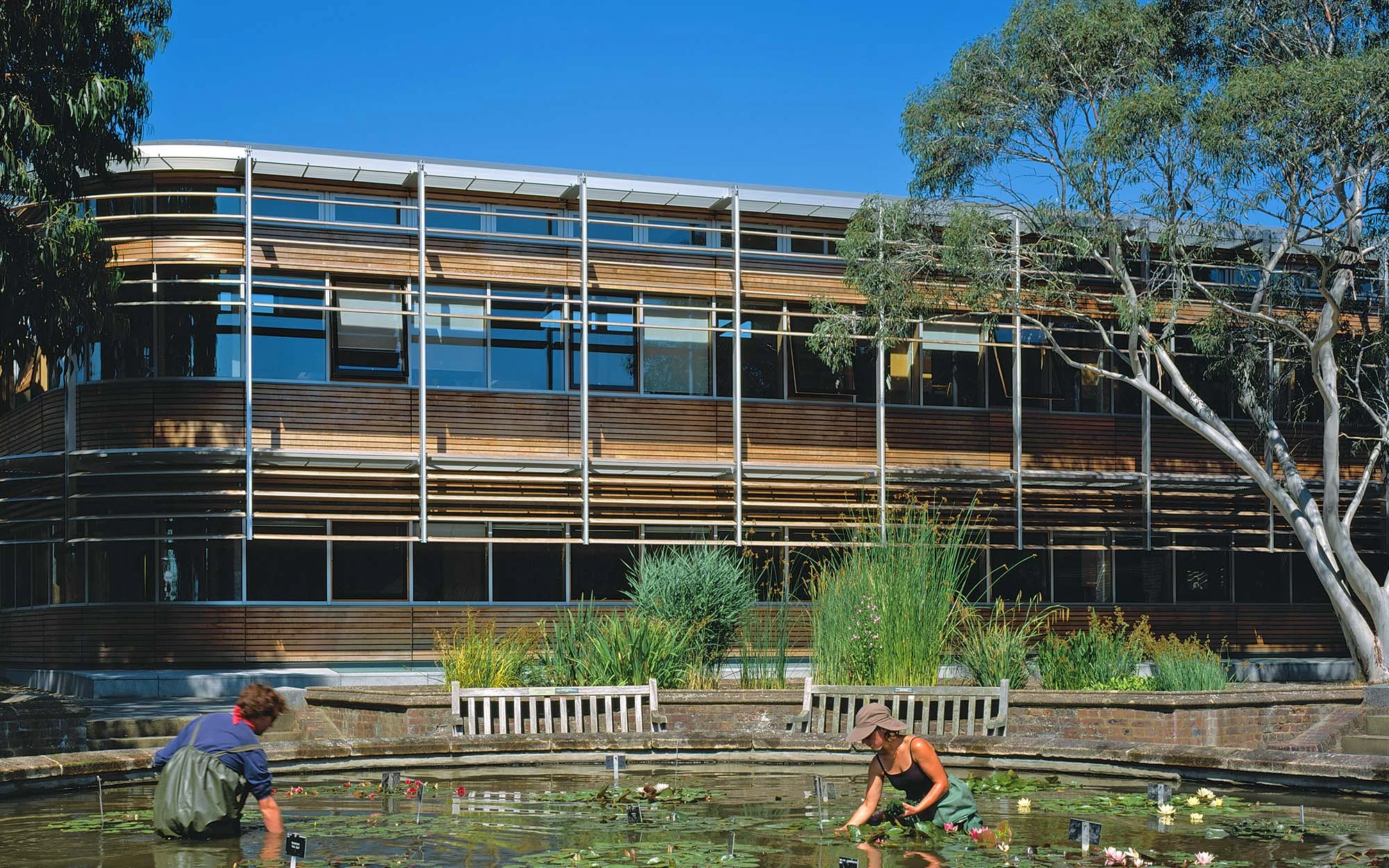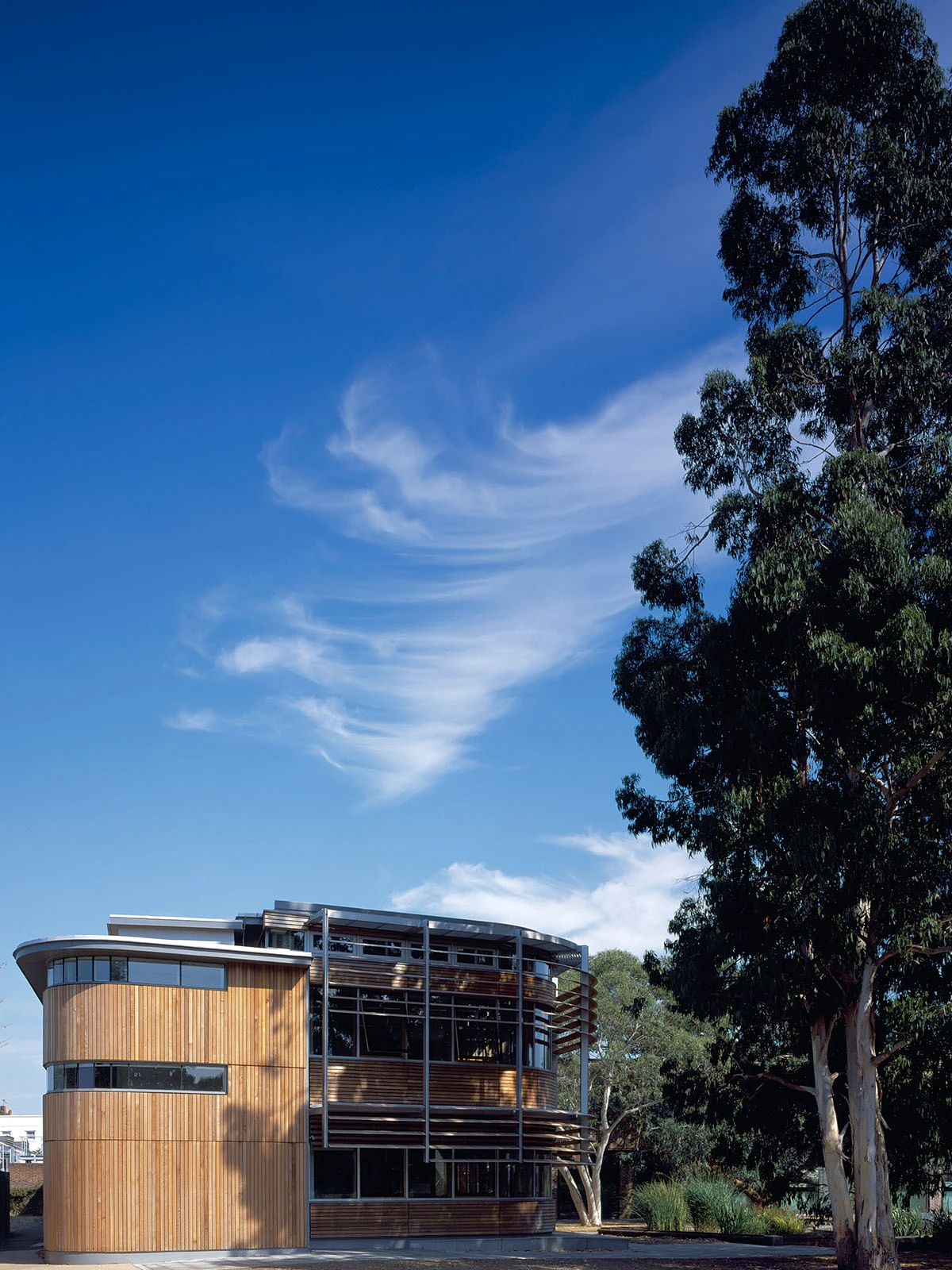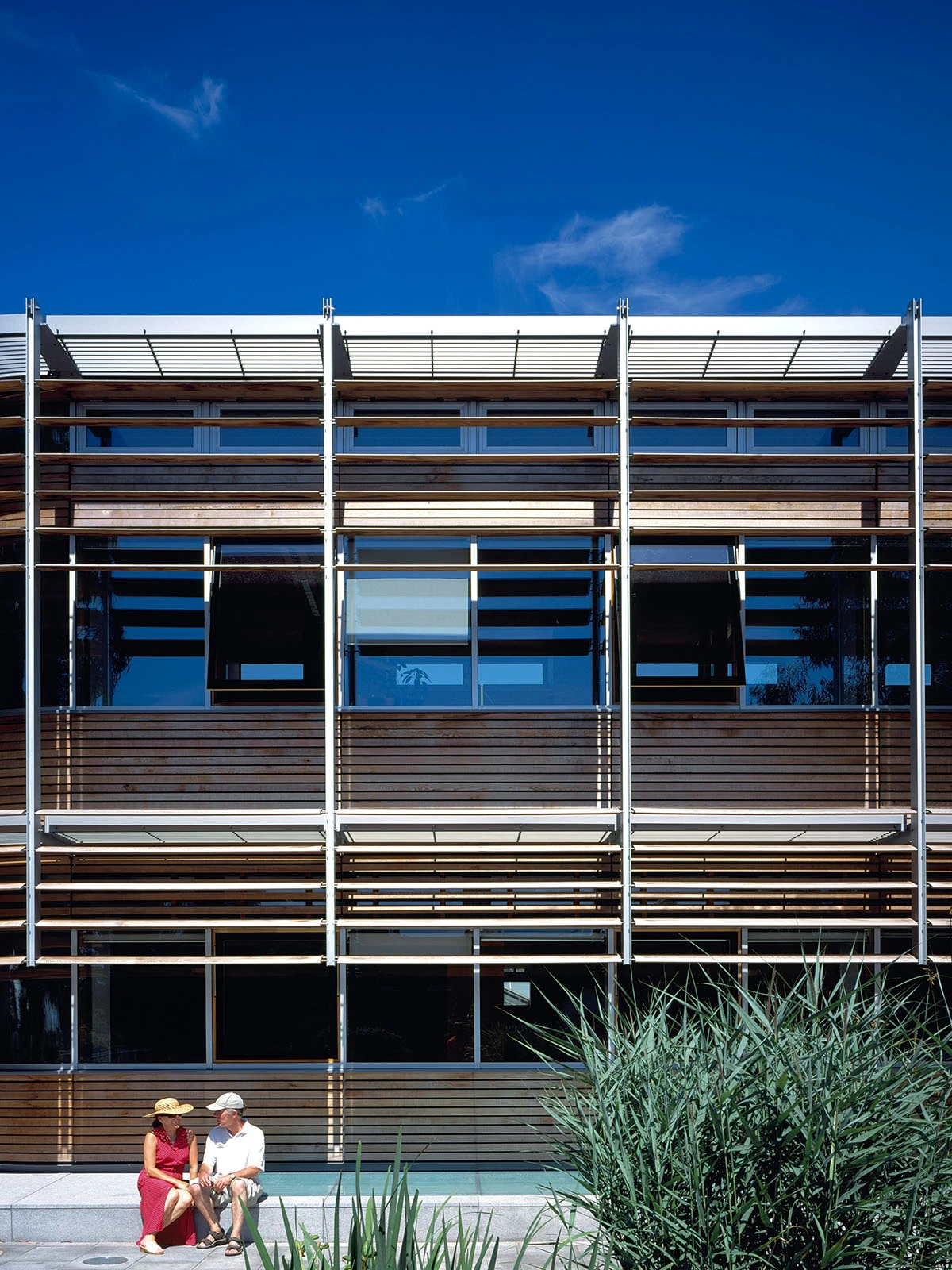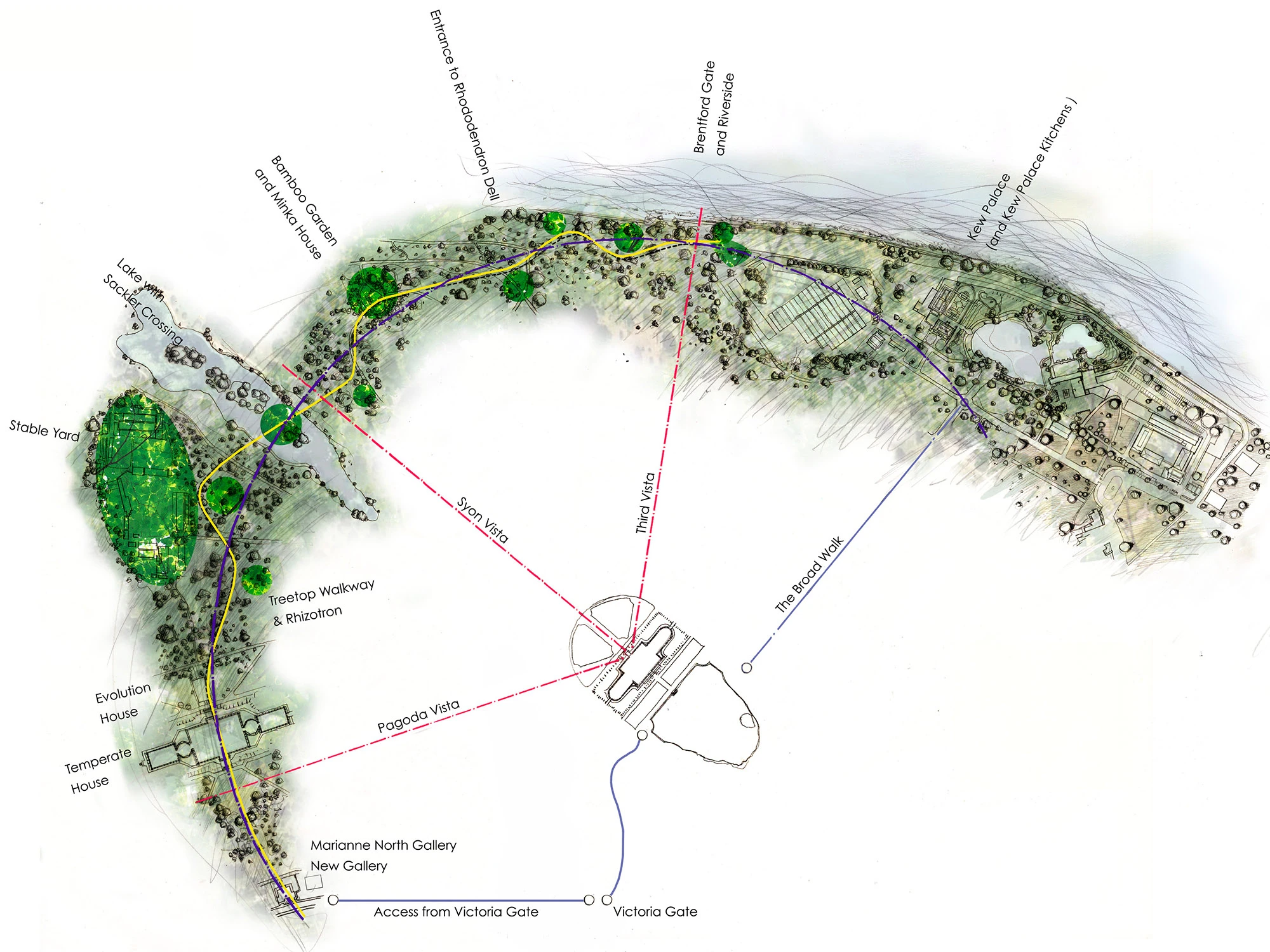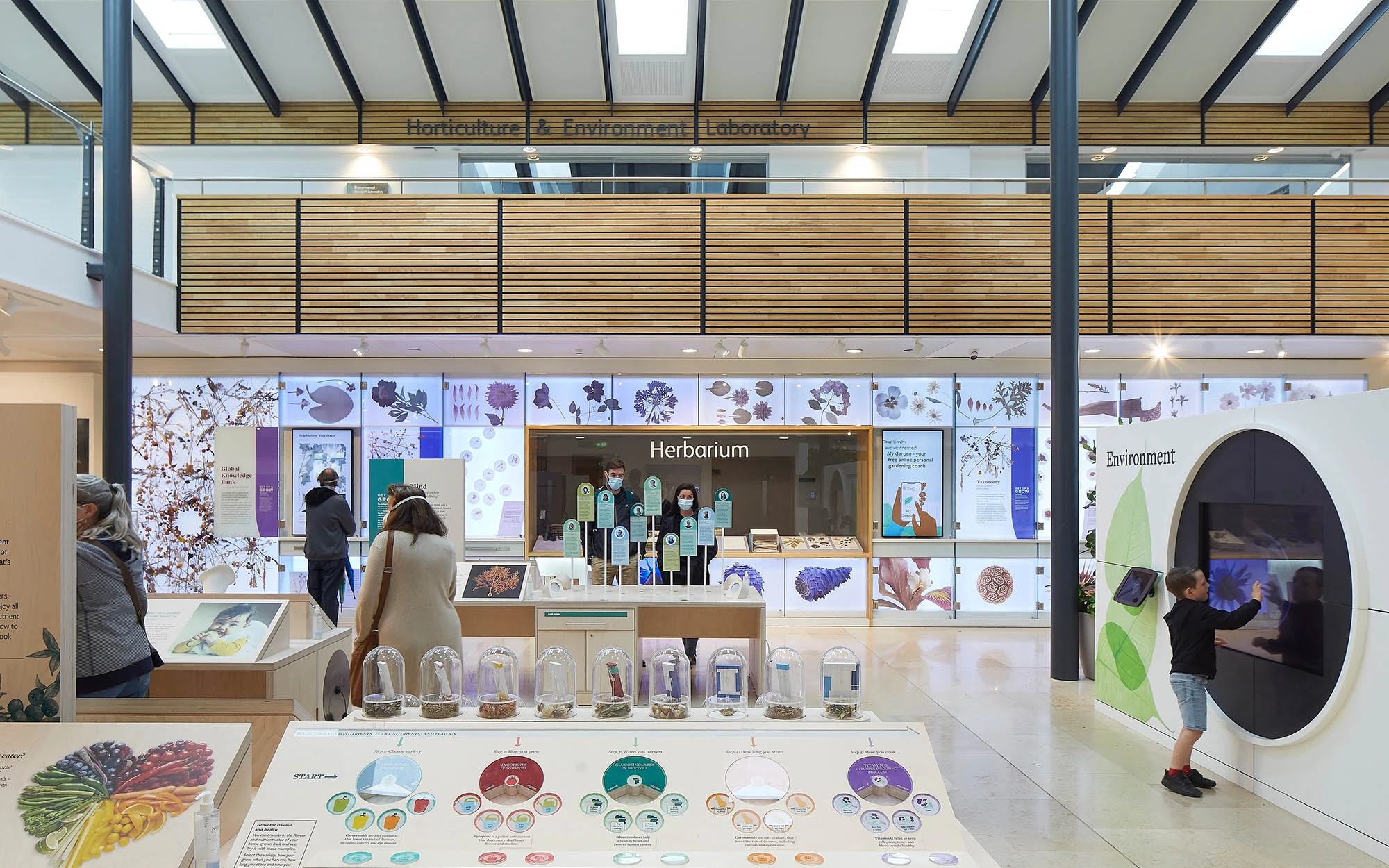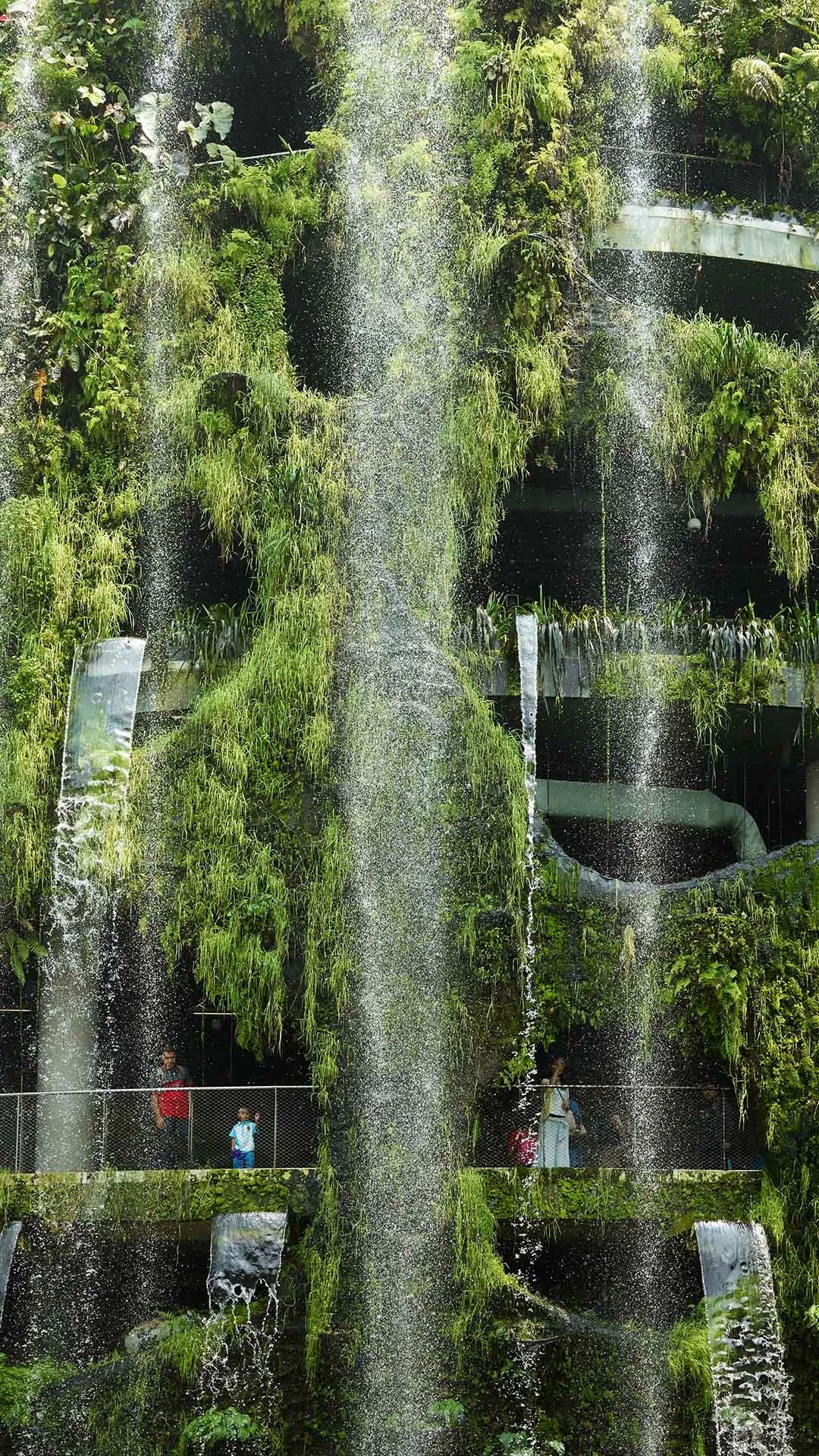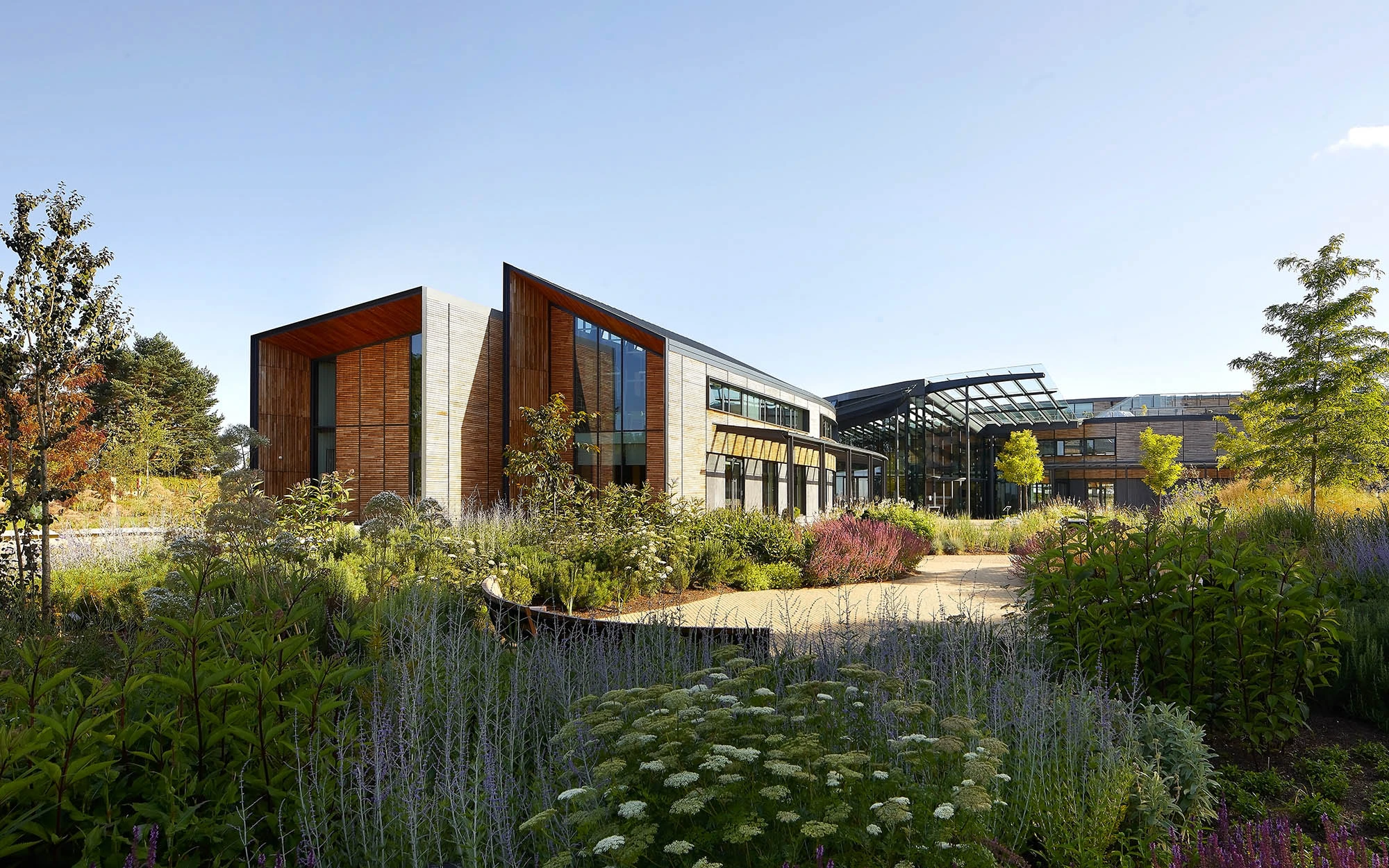In 2003 Kew was officially inscribed on the list of World Heritage Sites by UNESCO.
Our first work at Kew was the preparation of a site-wide Development Plan in 2002. This established an overarching framework for achieving a series of long-term strategic aims which were identified in close collaboration with the Director of the Royal Botanic Gardens and his team and is organised around an arc which has formed the basis for a series of new buildings and landscape features.
Among the WilkinsonEyre projects that have emerged from the masterplan are a new Alpine House and an extension to the Jodrell Laboratory, which together address a key objective of the plan, to improve public knowledge of the role of science at Kew. Further improvements by WilkinsonEyre to the research and study facilities include a new Quarantine House.
When opened in 2006, the Alpine House at Kew's Royal Botanic Gardens was the first new glasshouse to be constructed at Kew for more than 20 years. For this signature – if tiny - project, WilkinsonEyre was tasked with creating a sustainable, energy-efficient growing environment for a world-renowned collection of alpine plants.
Alpines require plenty of light and cool, constantly moving air, so WilkinsonEyre designed a glasshouse conceived as two back-to-back arches, which create a stack effect to draw warm air out of the building. Below ground level, air is pushed into a concrete labyrinth for cooling, and then re-circulated around the perimeter via a series of displacement pipes. Further environmental control is provided by a shading through unique retractable sails in a fan-like form similar to a peacock’s tail.
The extension to the Jodrell Laboratory (2006) was designed to improve research facilities and provide sufficient space to bring together several related scientific specialisms. The principal design strategy was to extend the existing laboratory to create a new three-sided courtyard space in conjunction with the School of Horticulture building to the south, giving a collegiate feel to the complex, which is now focused around the Aquatic Garden. The extension provides 2,000m² of accommodation split between herbarium storage, a library, laboratories and office space.
